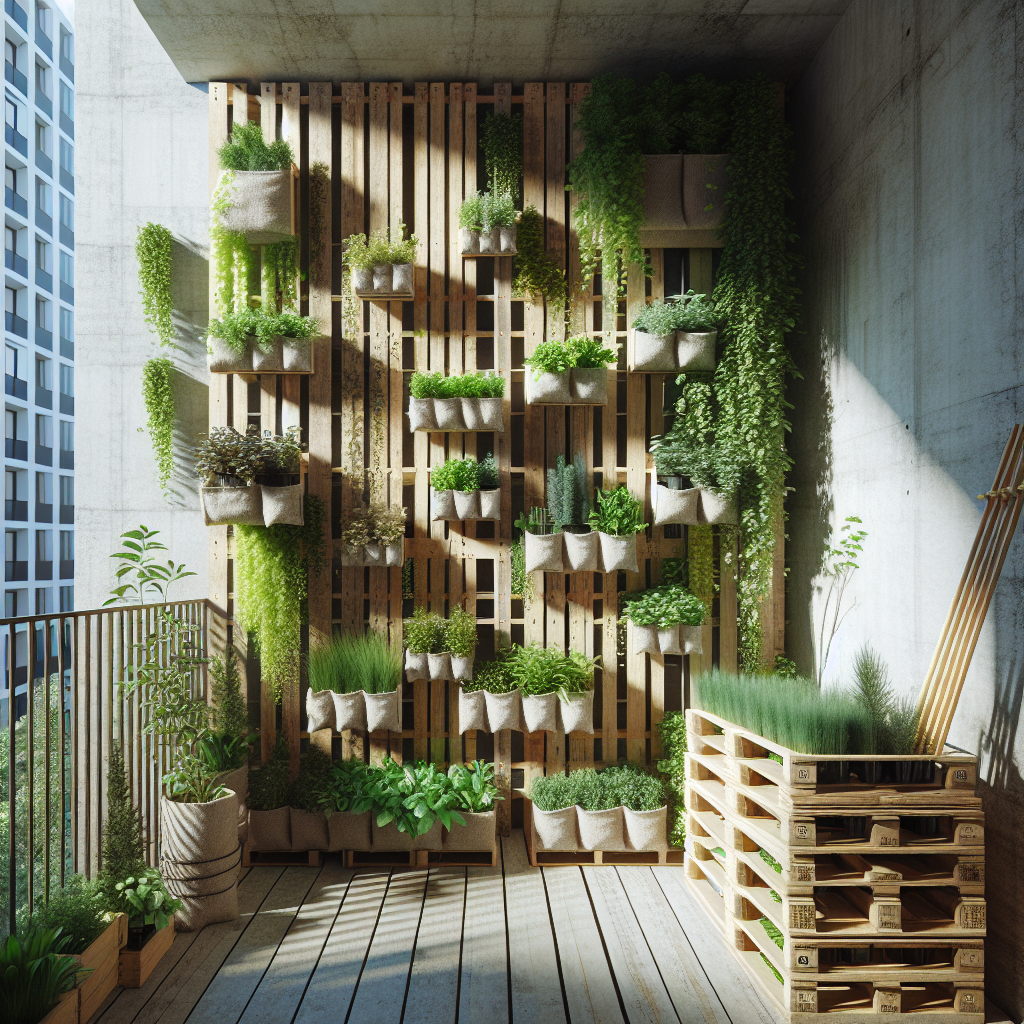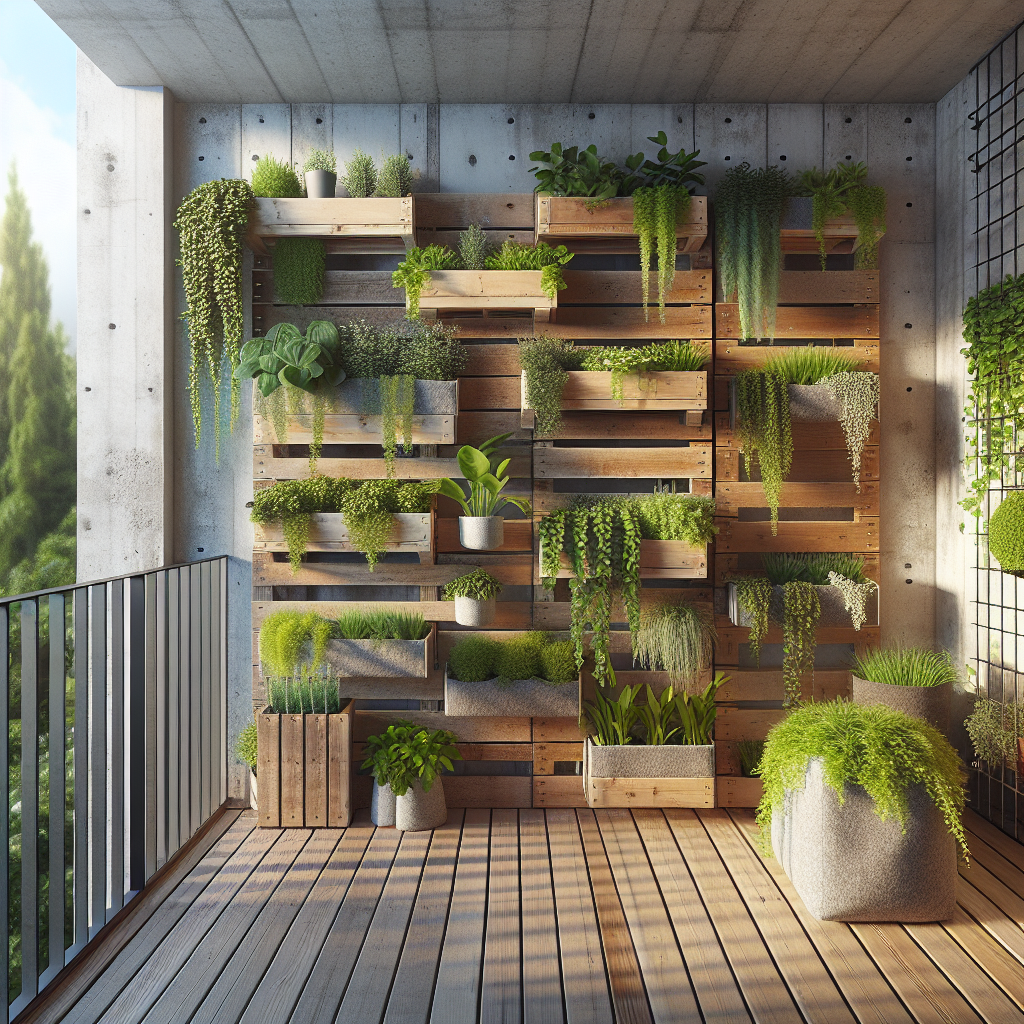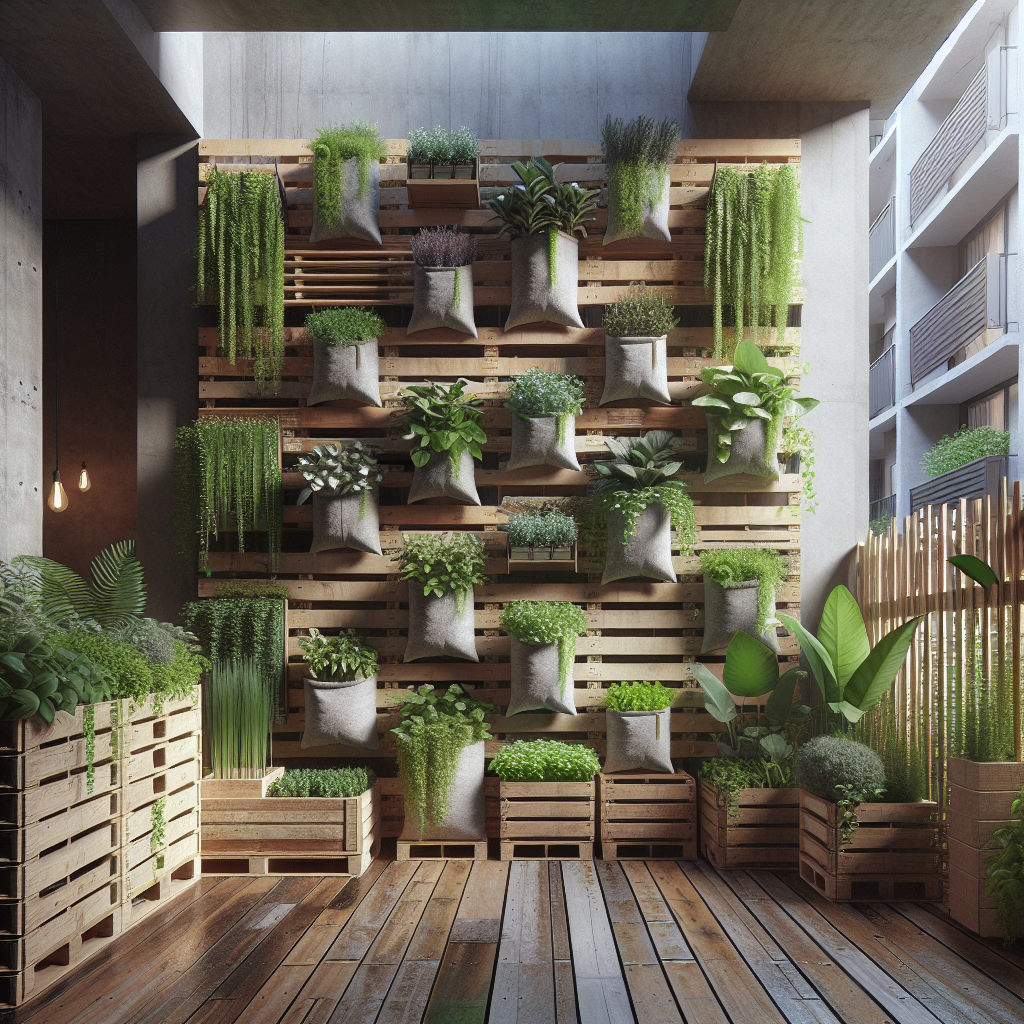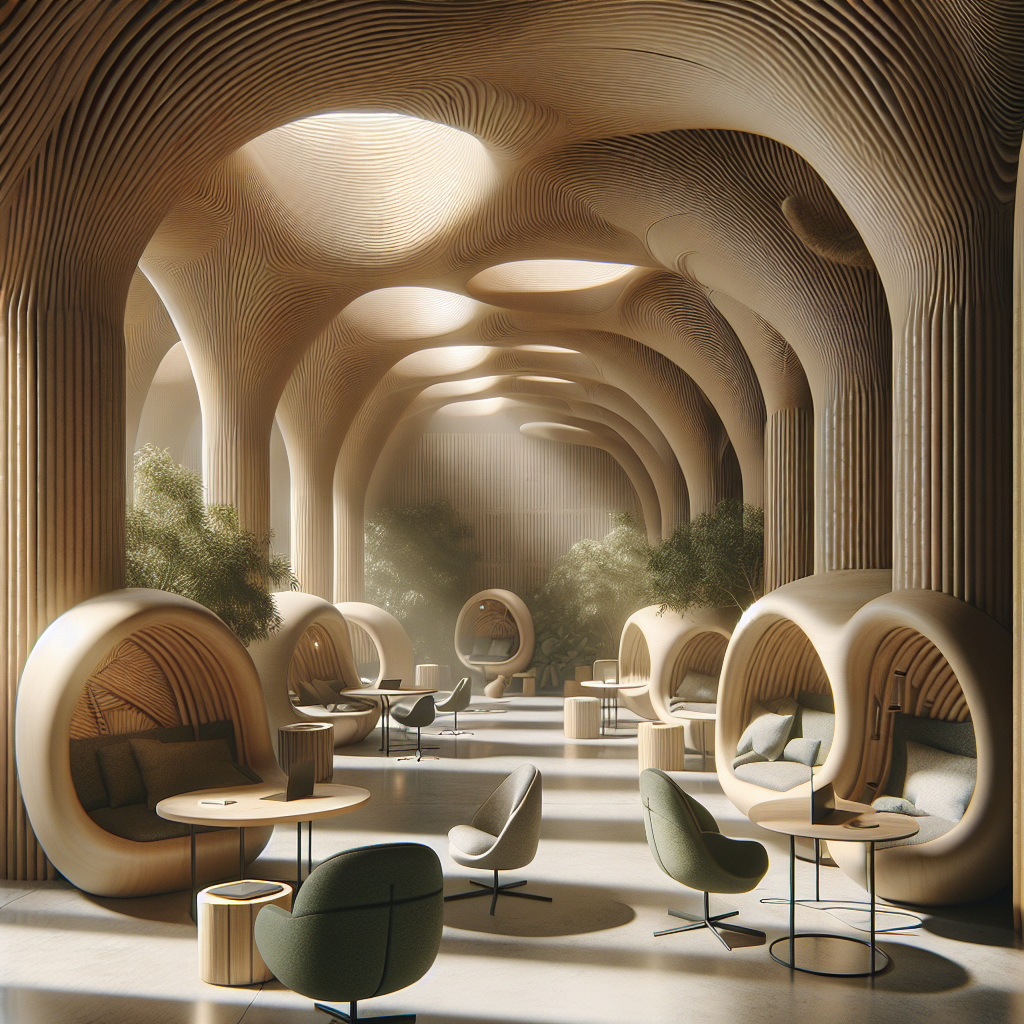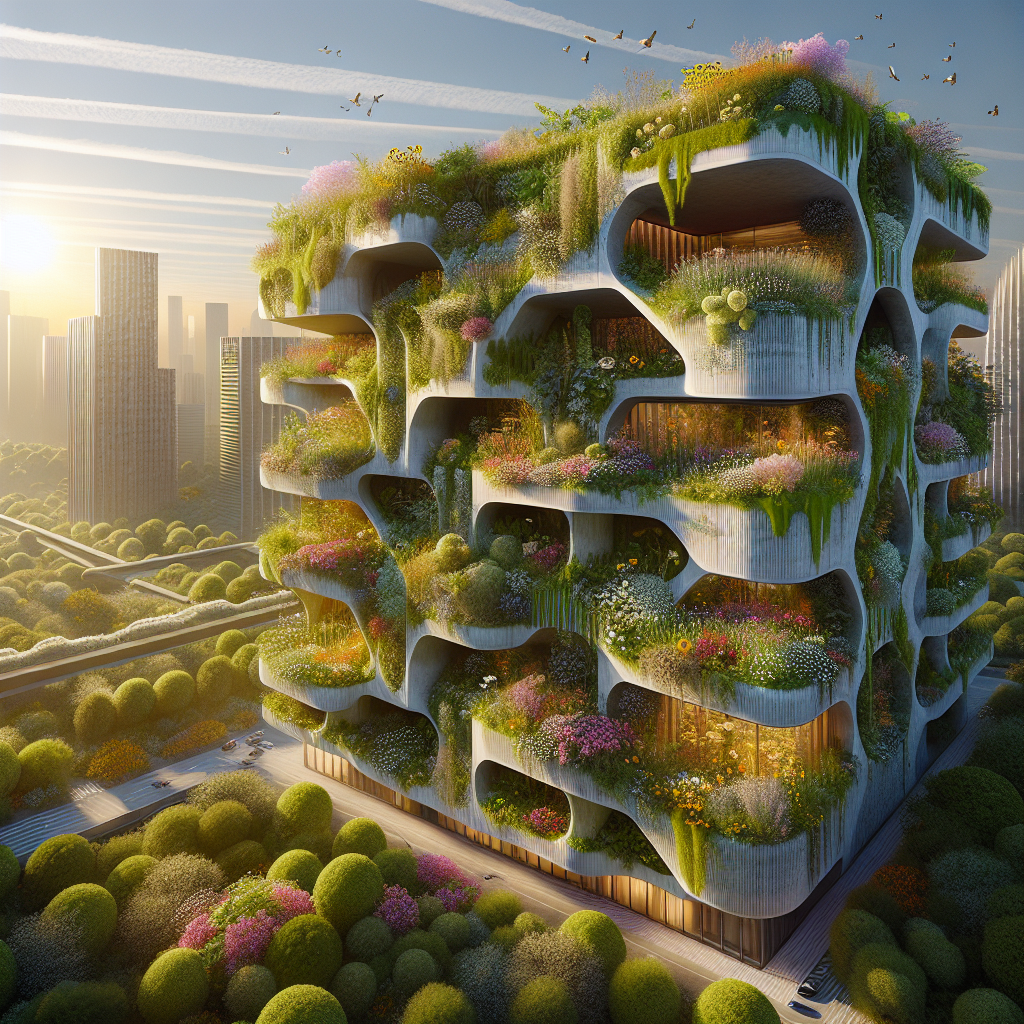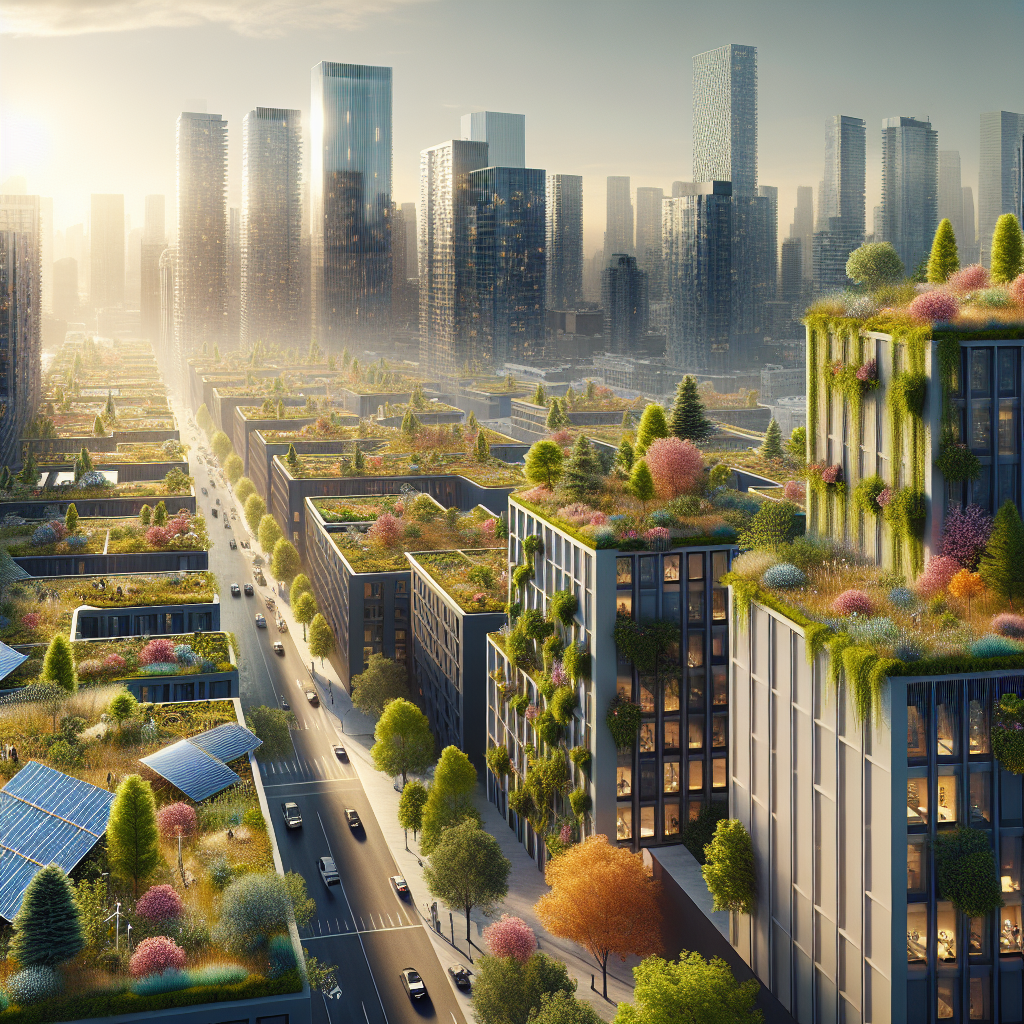Budget-Friendly Vertical Gardens for Urban Homes
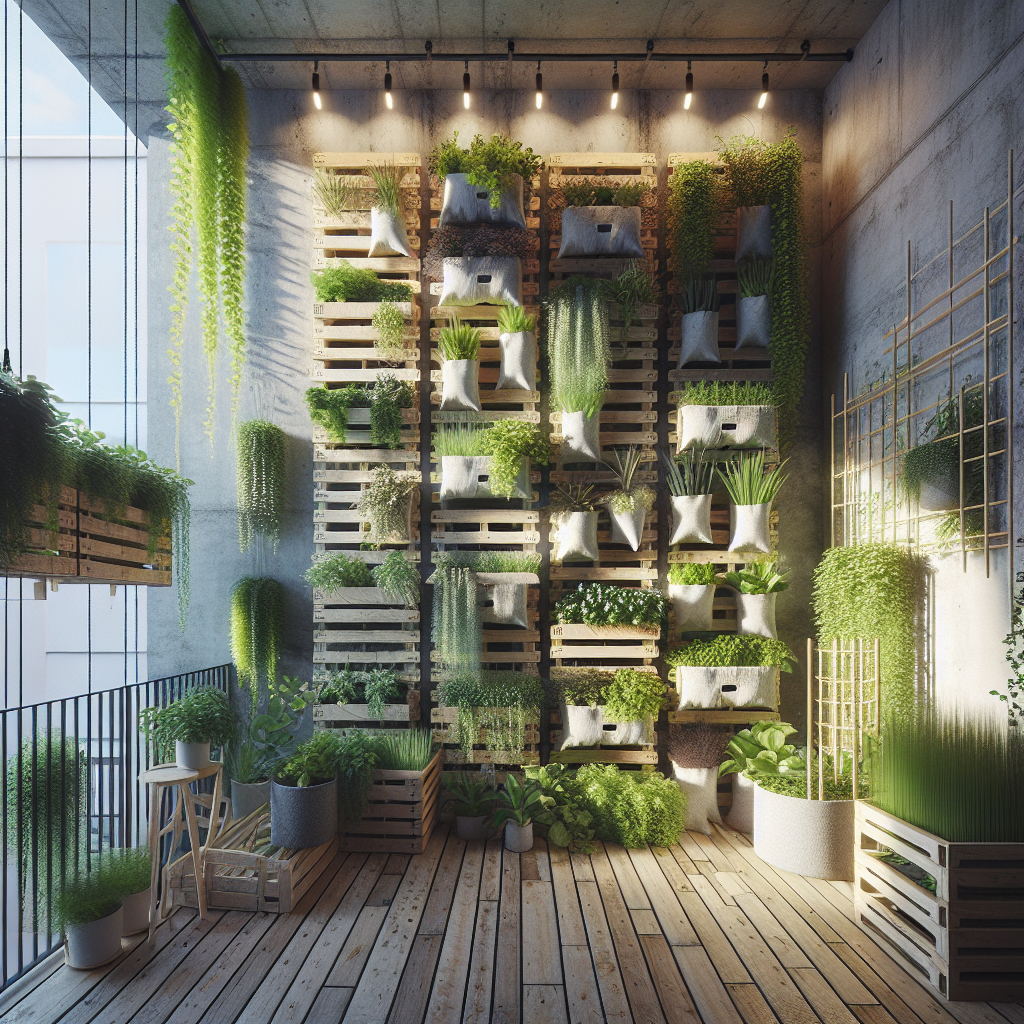
Budget-Friendly Vertical Gardens for Urban Homes
In the dense fabric of contemporary cities, where square meters are precious and balconies often double as sanctuaries, the vertical garden has emerged as a compelling design solution. Once the domain of luxury hotels and corporate lobbies, these lush green walls are now being reimagined for compact apartments and modest homes. More than an aesthetic flourish, they represent a fusion of biophilic design, sustainable living, and space optimization—qualities increasingly demanded by both design professionals and urban dwellers. The challenge, of course, lies in creating vertical gardens that are not only visually striking but also budget-friendly and adaptable to everyday interiors.
The Rise of Vertical Gardens in Urban Living
Vertical gardens, also known as green walls, have gained momentum as cities grapple with limited space and the need for greener environments. According to the World Health Organization, urban residents spend nearly 90% of their time indoors, underscoring the importance of integrating natural elements into interior spaces. The benefits are well-documented: improved air quality, enhanced thermal regulation, and measurable psychological well-being. In fact, studies on biophilic design highlight how exposure to greenery reduces stress and increases productivity—making vertical gardens not just decorative, but restorative.
For architects and designers, the vertical garden has become a medium of experimentation. From modular hydroponic panels to DIY hanging systems, the design language is shifting from monumental installations to accessible, scalable solutions tailored for small homes.
Why Budget-Friendly Matters
Historically, vertical gardens were associated with high costs due to specialized irrigation systems, structural reinforcements, and professional maintenance. Today, a new wave of innovation is democratizing access. Designers are experimenting with low-cost materials such as reclaimed wood, recycled plastics, and lightweight modular panels. Advances in reclaimed materials have also made it possible to create sustainable, affordable frameworks without compromising aesthetics.
Equally significant is the rise of DIY culture in urban design. Platforms and communities are sharing step-by-step guides for creating vertical herb gardens, pocket planters, and wall-mounted trellises. These grassroots solutions resonate with younger generations of homeowners who value customization, affordability, and ecological responsibility.
Design Strategies for Compact Urban Homes
For architects and interior designers, the key lies in adapting vertical gardens to the realities of compact living. Below are strategies that balance budget-conscious design with high aesthetic value:
- Modular Pocket Systems: Fabric or felt panels with stitched pockets allow for lightweight planting solutions. They can be mounted on walls without extensive structural work, making them ideal for renters.
- Upcycled Frameworks: Old wooden pallets, once discarded, are now being reimagined as rustic frameworks for vertical planting. Their grid-like structure lends itself naturally to staggered greenery.
- Hydroponic Towers: Compact hydroponic systems are becoming increasingly affordable, offering a soil-free, water-efficient way to grow herbs and leafy greens indoors.
- Climbing Plant Trellises: Minimalist steel or bamboo trellises support climbing plants like pothos or ivy, creating a lush vertical effect with minimal investment.
These approaches align with the broader movement toward green architecture, where functionality and sustainability converge seamlessly.
Case Studies: Affordable Vertical Gardens in Practice
In Barcelona, a micro-apartment renovation featured a vertical herb garden integrated into the kitchen backsplash. Using modular felt panels, the designers created a living wall that doubled as a culinary resource, all for under €200. The result was both practical and visually engaging, demonstrating how vertical gardens can be woven into daily routines.
Meanwhile, in Tokyo, where space is notoriously scarce, a residential project utilized reclaimed timber slats as a framework for potted plants. The vertical installation not only softened the rigid geometry of the apartment but also introduced a sense of seasonality, as plants were rotated throughout the year.
These examples illustrate how vertical gardens can transcend mere decoration, becoming functional, evolving components of interior architecture.
Technology Meets Affordability
Emerging technologies are also reshaping the affordability of vertical gardens. Smart irrigation systems, once prohibitively expensive, are now available as compact, app-controlled devices. These systems ensure plants receive optimal hydration while minimizing water waste—a crucial factor in sustainable design. As seen in the evolution of smart home technology, the integration of sensors and automation is no longer a luxury but an accessible feature for budget-conscious homeowners.
Furthermore, the influence of vertical farming has trickled down into residential design. Compact hydroponic kits, inspired by large-scale agricultural systems, are enabling urban residents to grow food indoors, merging sustainability with self-sufficiency.
Visual and Sensory Impact
The appeal of vertical gardens extends beyond their ecological benefits. They introduce a tactile and visual richness to interiors, transforming sterile walls into living canvases. Imagine a narrow hallway enlivened by cascading ferns, or a balcony corner softened by fragrant herbs and flowering climbers. The play of textures—glossy leaves against matte concrete, vibrant greens juxtaposed with neutral tones—creates a dynamic dialogue between nature and architecture.
Moreover, vertical gardens engage multiple senses. The scent of lavender, the rustle of leaves in a breeze, and the subtle humidity of living plants all contribute to a more immersive domestic environment. This aligns with the growing interest in indoor gardens, where the boundary between interior and exterior is deliberately blurred.
Future Outlook: Vertical Gardens as Everyday Design
As urbanization continues, the vertical garden is poised to shift from niche feature to mainstream necessity. With climate change driving demand for greener cities, vertical greenery offers a scalable, affordable solution for both individual homes and collective housing projects. Municipal initiatives in cities like Paris and Singapore already incentivize vertical planting, recognizing its role in cooling urban heat islands and enhancing biodiversity.
For designers, the opportunity lies in refining the balance between affordability, aesthetics, and sustainability. By embracing modularity, reclaimed materials, and smart technology, vertical gardens can become as ubiquitous as shelving units or pendant lights in urban homes.
Final Thoughts
Budget-friendly vertical gardens are more than a passing trend; they are a response to the pressing realities of urban living. They offer a way to reclaim walls as living surfaces, to bring nature into homes without sacrificing space, and to democratize access to the restorative power of greenery. For architects, interior designers, and design enthusiasts, they represent a fertile ground for innovation—where ecological responsibility meets creative expression.
In the end, the vertical garden is not just about growing plants; it is about cultivating a new way of living in cities—one that is greener, healthier, and profoundly more human.
